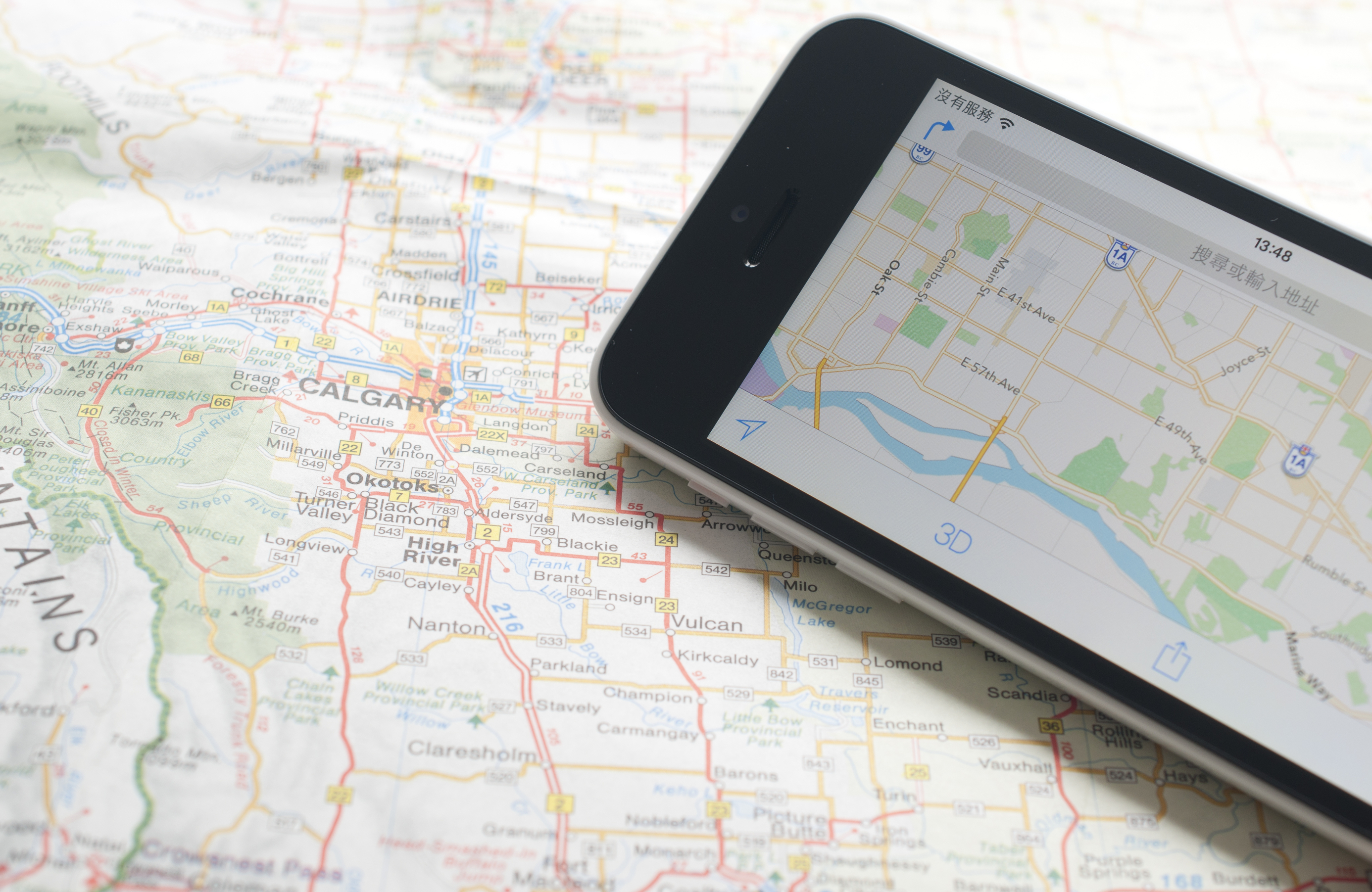Paper maps vs. GPS: When to go 'old school'

Remember paper road maps? They always came along for the ride, tucked into the open compartment on the inside of the car door. Folded, creased, and coffee-stained, the road map was a trusted driving companion.
Then came GPS, with its modern touch-screen technology and disembodied voice (“Turn left in one mile”). Our trusted maps began gathering dust as we bought vehicles with in-dash GPS systems or downloaded GPS apps onto our smartphones.
Indeed, GPS has been a navigational game-changer. But don’t throw away those paper road maps just yet. They still have a place in the world of driving, according Amy Krouse, Director of Public Relations for Rand McNally.
“When planning a trip, a paper road map or atlas is helpful because it provides the big picture,” Krouse said. “They are particularly useful in helping to understand scale and distance visually.”
Anyone who has squinted to comprehend a 3-inch-by-2-inch map on an iPhone knows exactly what Krouse means.
Sure, you can zoom in. But what do you get? A “big picture” of a small geographic area. To borrow a phrase from Philosophy 101: to understand where you’re going, sometimes you need to know where you’ve been.
“A paper map also may allow you to view a variety of routes and types of roads to compare,” Krouse said. This is a good point. With GPS, you get one route, calculated by a computer. The route may be the fastest way from Point A to Point B, but it may take you through an unsafe neighborhood. Or it may lead you on a more circuitous path than necessary, especially in rural areas. By consulting a paper map, you’ll know your options.
The old reliable road atlas
Back in the days when every family station wagon had a road atlas (probably stored next to the stadium blanket and the emergency flashlight), paging through the printed maps was often a source of inspiration. Millions of family road trips have been planned with the help of an atlas, and it’s still useful today.
“Many of our atlas products provide ideas for road trips, or scenic routes that may be explored during the preplanning process,” Krouse said.
Rand McNally has been making navigation and travel content products since 1856. In fact, the company’s history includes debuting a new highway numbering system in 1917 that would become the model for the system used across the U.S. today. As technology advanced, Rand McNally began producing GPS products as well as printed maps and atlases. Krouse says each type of navigational tool has merit.
“On the road, a GPS device complements and augments a map by providing visual and spoken step-by-step directions, as well as 3-D views of turns coming up to prepare you to be in the correct lane,” said Krouse. “A GPS may also help you plan an upcoming stop by providing information available on upcoming exits.”
“In our experience, both GPS and printed maps are actively used in pre-planning and while on the road,” Krouse said.
And thankfully, during long family road trips, both GPS and old-school paper maps can help parents answer that age-old backseat question: “Are we there yet?”
According to Krouse, a paper map is your best friend:
- When you don’t own a GPS-enabled device. More than half of Americans do not own a smartphone, according to recent Nielsen research (Nov. 2011). Harder to quantify is the number of Americans who don’t own a handheld or in-dash GPS system, but it’s safe to assume that GPS remains a luxury for many.
- When you drive into an area without cell phone coverage. In the absence of a cell signal, your smartphone GPS still works, but it won’t do you much good: it needs a cell signal to download real-time mapping and navigational data.
- When you’re planning a trip. You can see “the big picture” with a paper map better than you can with GPS. You can spread the map out in front of you (never while driving, of course), and see at a glance where you are, where you want to go, and what’s along the way.
- When scenery is more important than expediency. If you drive a delivery truck, you want GPS for its direct-to-the-target routing. If you’re not in hurry and want to take the scenic route, a paper map will show you back roads and lovely old highways you may want to explore.
- When you forget to bring your smartphone. Yes, it happens! Better to have a paper map on hand thant nothing at all.